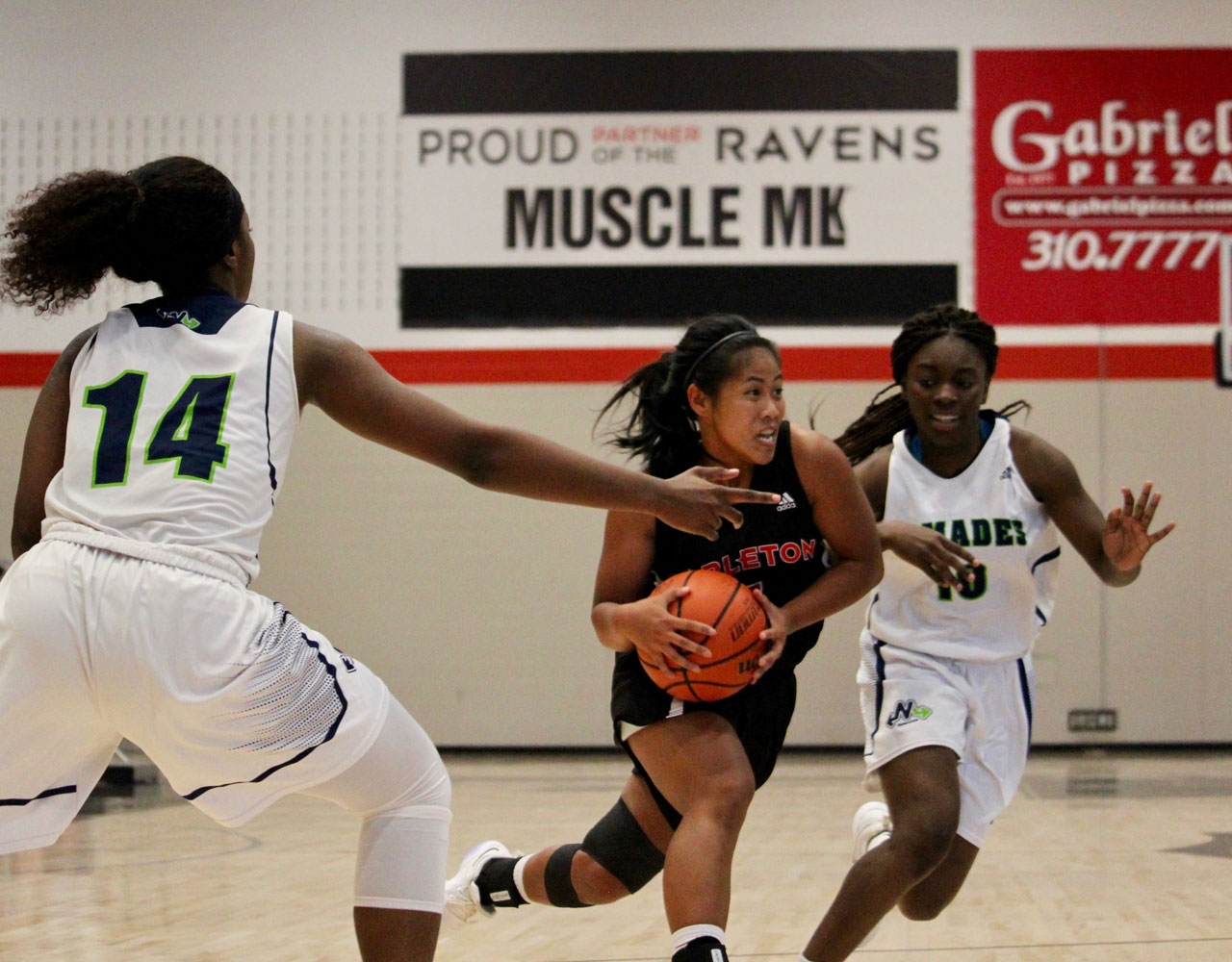In the game of basketball, there are a variety of ways to use your head. Dr. Taryn Taylor, a doctor at the Carleton University Sport Medicine Clinic, is trying to find ways to protect those heads.
A study by Dr. Glen Bergeron, director of the University of Winnipeg Athletic Therapy Centre, found that one of the leading sports in Canada where players are suffering concussions is women’s basketball.
The study
The U Sports league sent a survey to universities across Canada to gather statistics and gain an understanding on which sports experience the most concussions. Bergeron presented this study to many universities, including Carleton.
“The hard part is trying to find a denominator in these numbers. It is based on who responded and from what sport,” Taylor said. She is also the chair of the U Sports Sport Medicine and Research Science Committee.
Taylor, along with other members of the medical committee, are creating an injury surveillance system, similar to the National Collegiate Athletic Association (NCAA), in order to have more Canadian data on concussions and other injuries.
“Myself and my team are very passionate about finding out what are the risks in sports, having proper numbers, and the right denominator so we can actually look at prevention, as well,” Taylor said.
Women’s risk of concussions
In further studies by Taylor, she found females have a higher risk of acquiring concussions over males in basketball and other sports, such as soccer.
While studying the data collected by the NCAA, Taylor found women have a 2.4 per cent higher chance of getting concussed in basketball than men.
Taylor said when a women’s neck strength is not as strong as a man’s, it could be a serious indication of why women suffer more concussions than men.
Members of the Carleton Ravens women’s team have found the neck theory by Taylor has been impacting members of the Carleton Ravens woman’s basketball team.
“It (Getting a concussion) sucked,” Catherine Traer, a former basketball player for the Ravens, said.
Traer found herself suffering from two concussions within two years, because her neck snapped back too quickly, causing whiplash in basketball games.
Traer said suffering from a concussion through whiplash was difficult, because one day she felt fine, but the next day, she was experiencing pain and concussion-like symptoms, such as nausea and headaches.
Another reason Taylor’s medical committee found why women have more concussions than men in basketball, is that men have slightly better peripheral vision.
“There are some vision-training exercises that players use to increase hand-eye co-ordination. Now, there are some theories that say this could maybe help reduce the amount of concussions,” Taylor said. “If men see more hits are coming to them, they can anticipate the hits, so if a woman does not have as great of peripheral vision as a man, they could not see more blindside hits coming.”
Taylor and her medical committee are trying to find other ways to prevent these concussions. Her team is looking into creating a “hit count” in women’s basketball and other sports.
The “hit count”
The hit count would be done by a member of staff on the sports team, and they would count how many times a player is hit. Once a player has been hit a certain number of times, they would need to come out of the game.
The hit count is similar to baseball’s pitch count. In baseball, shoulder injuries were a major problem because pitchers would keep pitching until they could not throw anymore. Pitchers would complain about their arm hurting, and several of them had to undergo surgery on their damaged shoulders and elbows.
Coaches saw this pattern, and began counting the number of pitches threw. Once they reach a certain amount of pitches, pitchers would be taken out of the game.
“I think you would need to look at how players are getting hit,” Traer said. “I get hit a bunch of times throughout the course of a game, but not all of them are to the head.”
U Sports women’s and men’s basketball does impose a foul on players who hit another player. If a player intentionally tries to hurt another player, the aggressor can be assessed a flagrant, or technical foul, and could be ejected from the game.
Traer said the U Sports league has done an excellent job in creating a platform which allows players to be informed about the impact and the severity of concussions.
“The problem is trying to understand how to manage concussions and the protocol. Trying to get some consistency is our biggest problem right now,” Graham Brown, commissioner of the U Sports league, said.






